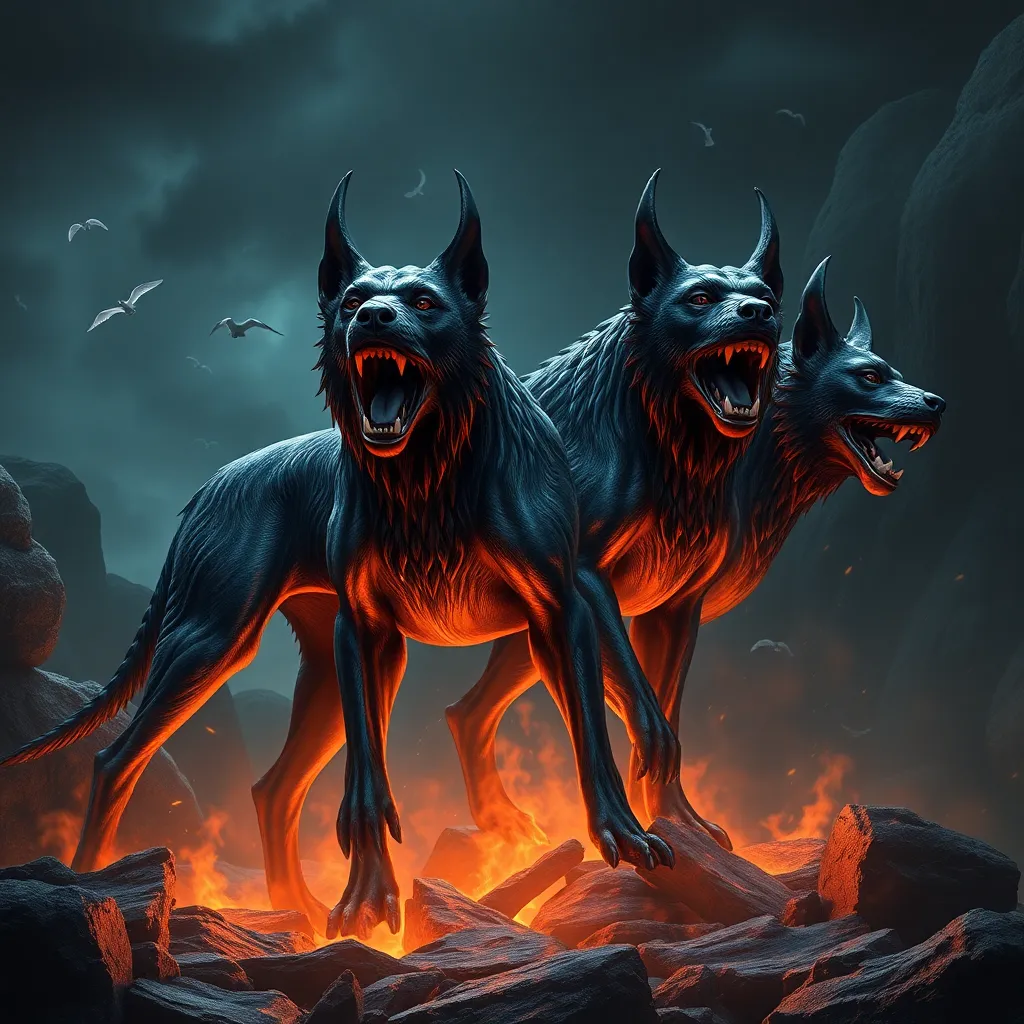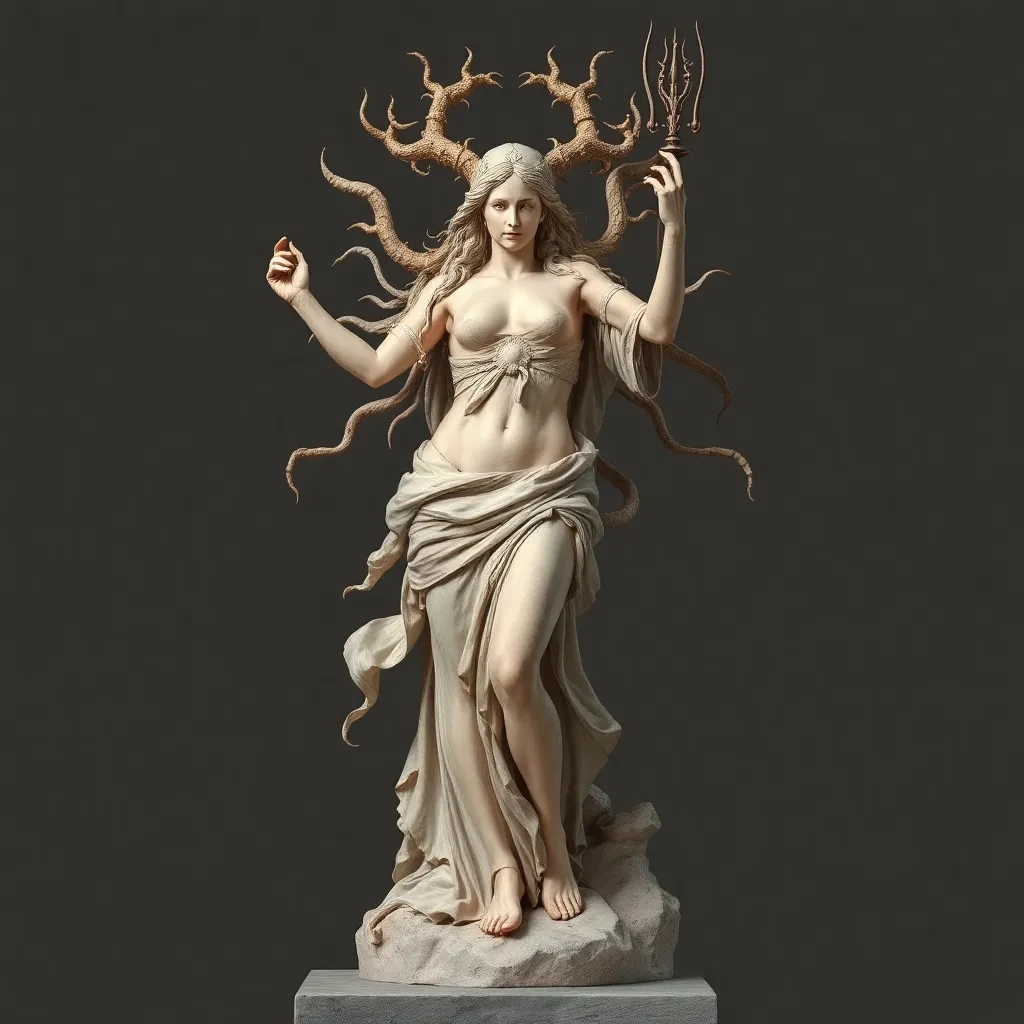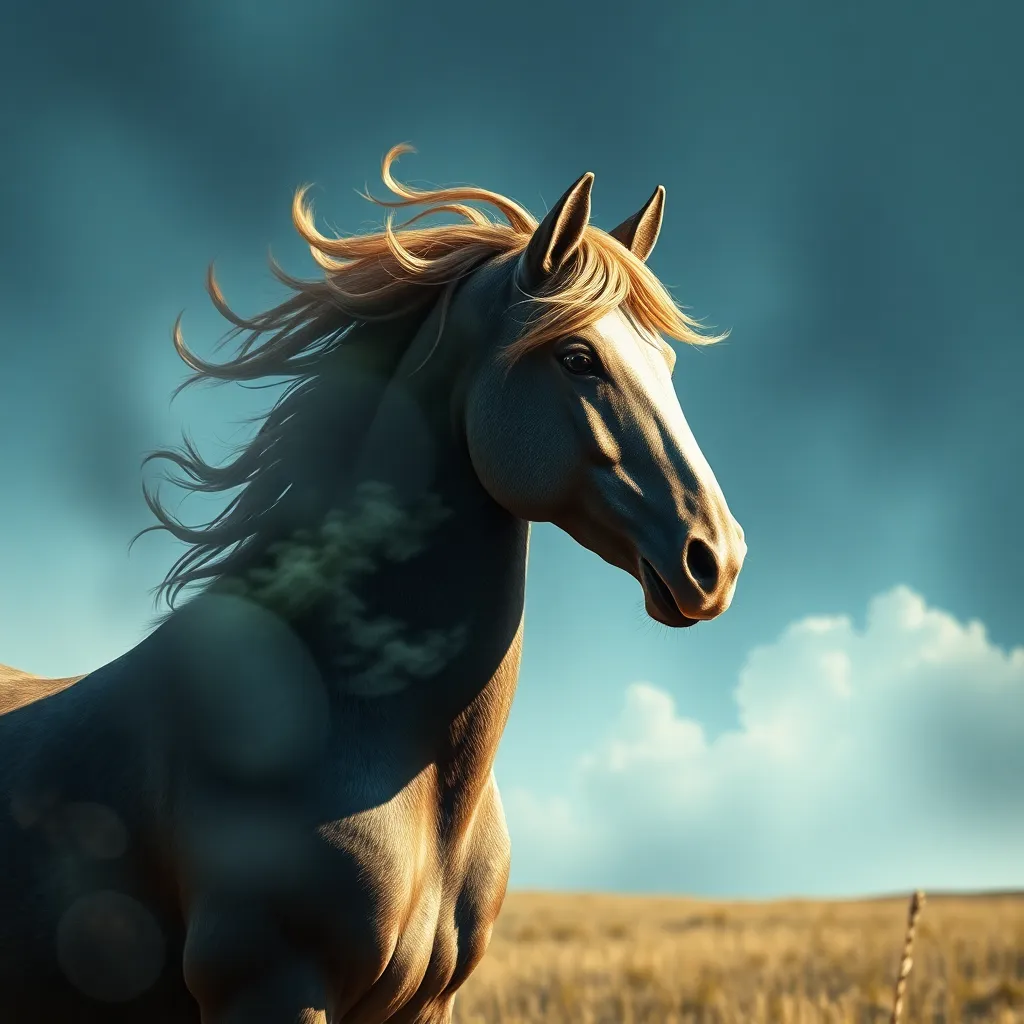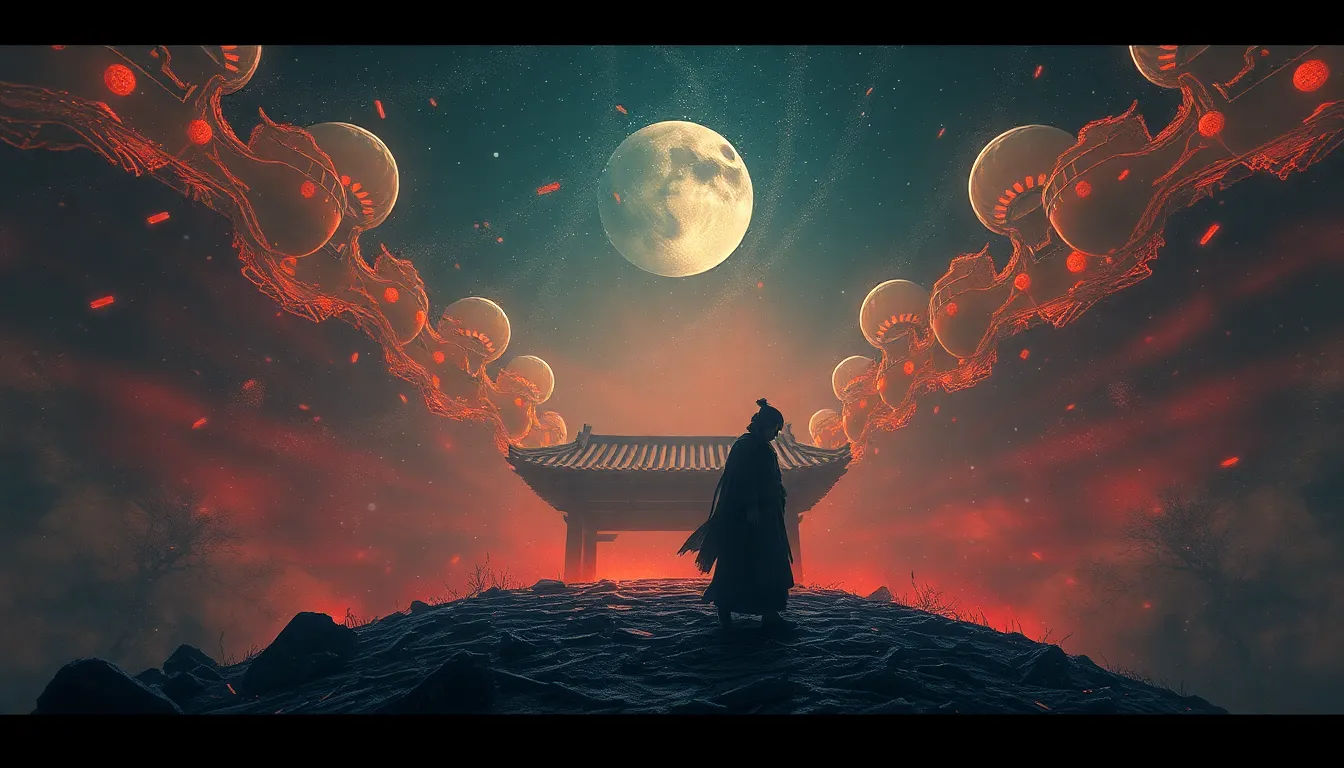Cerberus: Guardian of the Underworld – A Journey Through Ancient Greek Mythology
I. Introduction
Cerberus, the fearsome three-headed dog, is one of the most iconic figures in ancient Greek mythology. As the guardian of the Underworld, he plays a crucial role in the myths surrounding death and the afterlife. His presence serves as a symbol of the boundary between the living and the dead, ensuring that souls do not escape the realm of Hades.
The significance of Cerberus extends beyond his terrifying appearance; he embodies the themes of protection, fear, and the natural order of life and death. This article aims to explore the origins, symbolism, and cultural impact of Cerberus, shedding light on his enduring legacy in both ancient and modern contexts.
II. The Origins of Cerberus
A. The birth of Cerberus: lineage and parentage
Cerberus is the offspring of the monstrous Echidna and Typhon, two of the most fearsome creatures in Greek mythology. Echidna, often referred to as the “Mother of Monsters,” gave birth to a host of legendary beings, including the Nemean Lion and the Lernaean Hydra. Typhon, on the other hand, was a giant storm deity, often depicted as the most powerful of all monsters.
B. Cerberus’s connection to other mythological creatures
Cerberus is often associated with other mythological creatures, particularly those that share his monstrous lineage. His siblings include the Chimera, the Sphinx, and the Gorgon Medusa. This connection to other creatures emphasizes the chaotic and fearsome nature of his heritage, reinforcing his role as a formidable guardian.
C. The role of the Titans and primordial deities in Cerberus’s story
The Titans and primordial deities played a significant role in shaping the mythological world in which Cerberus exists. As a creature born from the union of Typhon and Echidna, he is deeply rooted in the primordial chaos that characterized the early myths. This lineage not only marks him as a product of chaos but also highlights the ongoing struggle between order and disorder in Greek mythology.
III. Cerberus’s Characteristics and Appearance
A. Description of Cerberus: physical traits and symbolism
Cerberus is typically depicted as a massive dog with three heads, each representing different aspects of his nature. His appearance is both intimidating and awe-inspiring, symbolizing the fear that death evokes, as well as the protection offered to the dead.
B. The significance of Cerberus’s three heads
The three heads of Cerberus are often interpreted as representing the past, present, and future. This interpretation underscores his role as a guardian of the afterlife, as well as the inevitability of death. Each head serves as a reminder of the cyclical nature of life and the passage of time.
C. Cerberus’s serpentine tail and other unique features
In addition to his three heads, Cerberus is often depicted with a serpentine tail and various other monstrous features, such as sharp claws and a fierce demeanor. These characteristics further emphasize his role as a fearsome guardian and a creature of the Underworld. The serpentine tail, in particular, symbolizes the intertwining of life and death, further reinforcing his dual role as a protector and a figure of fear.
IV. Cerberus in Greek Mythology: Key Stories and Legends
A. Cerberus’s role in the myth of Heracles (Hercules)
One of the most famous stories involving Cerberus is his encounter with Heracles, who was tasked with capturing the beast as one of his twelve labors. This challenge represented not only a physical struggle but also a symbolic confrontation with death itself. Heracles’s successful capture of Cerberus demonstrated his strength and bravery, as well as the idea that even the most fearsome creatures can be subdued.
B. Encounters with other heroes and deities
Cerberus also crosses paths with various other heroes and deities throughout Greek mythology. Notable encounters include:
- Orpheus: Who charmed Cerberus with his music to retrieve his wife, Eurydice, from the Underworld.
- Theseus: Who attempted to capture Cerberus as a demonstration of strength and courage.
C. Cerberus’s interactions with the living and the dead
As the guardian of the Underworld, Cerberus’s primary role is to prevent the living from entering and the dead from escaping. His interactions with souls arriving in the Underworld often emphasize the finality of death and the importance of accepting one’s fate.
V. Cerberus as a Symbol of the Underworld
A. The meaning of Cerberus as a guardian and protector
Cerberus serves as a guardian of the Underworld, symbolizing the protection of the dead and the sanctity of the afterlife. His fierce demeanor acts as a deterrent to those who might wish to disturb the realm of the deceased.
B. The duality of fear and safety associated with Cerberus
The duality of Cerberus’s nature represents the complex relationship between fear and safety. While he instills fear in the hearts of the living, he also provides a sense of safety for the souls of the dead, ensuring that they remain undisturbed.
C. Cerberus’s role in the cycle of life and death
Cerberus embodies the cycle of life and death, reminding all who encounter him of the inevitability of mortality. His presence in myths serves as a poignant reminder of the natural order and the respect owed to the deceased.
VI. Cerberus in Ancient Art and Literature
A. Representation of Cerberus in ancient Greek pottery and sculpture
Cerberus has been depicted in various forms of ancient art, from pottery to sculpture. These representations often highlight his fearsome appearance and serve to reinforce his role as a guardian of the Underworld. Artists frequently portrayed him in scenes involving heroes, emphasizing their confrontations with death.
B. Cerberus in literary works: from Homer to later interpretations
Literary references to Cerberus can be found in works by notable authors such as Homer and Virgil. In “The Iliad” and “The Aeneid,” Cerberus is depicted as a formidable figure, reinforcing his status as a guardian of the Underworld. These texts contribute to the rich tapestry of myths surrounding him and explore the themes of mortality and heroism.
C. Influence on Roman mythology and adaptations
In Roman mythology, Cerberus maintained his significance, often being referred to as “Canis Cerberus.” His role as the guardian of the Underworld continued, influencing various adaptations in literature and art throughout history. His image persisted as a powerful symbol of the afterlife and the challenges faced by those who wish to cross the threshold of death.
VII. Modern Interpretations and Cultural Impact
A. Cerberus in contemporary literature, film, and television
In modern times, Cerberus has made appearances in numerous forms of media, including literature, film, and television. He is often depicted as a creature of immense power and loyalty, sometimes even serving as a companion to heroes. His adaptations can be seen in works such as:
- The “Harry Potter” series, where he appears as Fluffy, the three-headed dog guarding the Philosopher’s Stone.
- Films like “Hercules,” where he is portrayed as both a fearsome beast and a misunderstood creature.
B. Symbolism of Cerberus in modern culture (e.g., video games, art)
Cerberus’s image continues to resonate in contemporary culture, often symbolizing challenges, loyalty, and the struggle against death. He appears in various video games, such as “God of War” and “Dante’s Inferno,” where he serves as a formidable adversary or guardian. His representation in modern art also reflects ongoing themes of fear and protection.
C. The enduring legacy of Cerberus in popular imagination
The legacy of Cerberus endures in the popular imagination, embodying the complexities of life, death, and the unknown. His portrayal as both a fearsome guardian and a loyal companion illustrates the multifaceted nature of mythological beings, ensuring that Cerberus remains a compelling figure in both ancient and modern narratives.</



